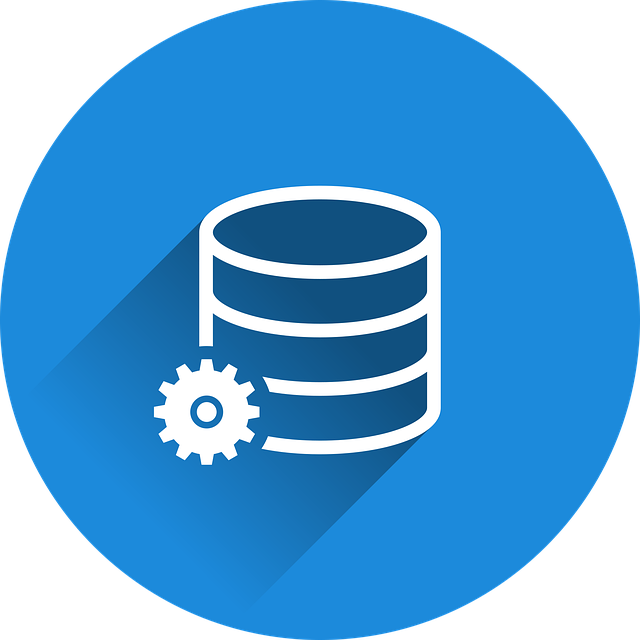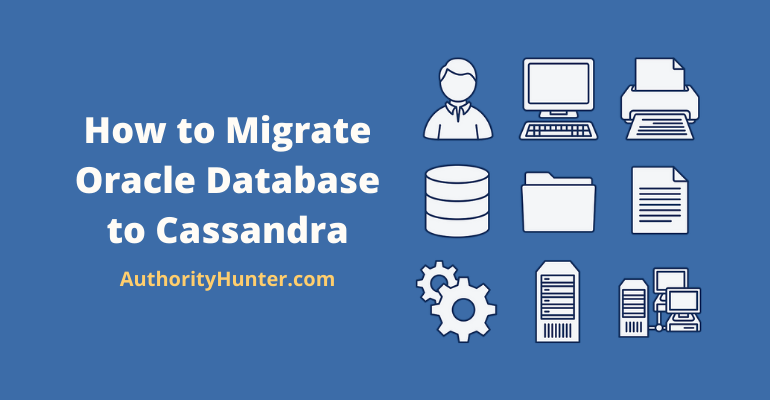Cassandra Migration – Many modern applications are created on relational database technology, such as PostgresSQL, MySQL, Microsoft SQL Server, or Oracle Database. For at least 20 years, relational technology was the primary database for application development. However, the availability and scalability needs of modern systems (combined with the opportunity to realize significant savings via the adoption of open source technologies) are prompting many people to reconsider and migrate to Cassandra.
Table of Contents
- Determining a Migration:
- Some of the things that will impact the degree of effort for each of these items are as follows:
- How to Migrate Oracle Database to Cassandra:
- The general migration strategy would be as follows:
- Preparation and Extraction of Data:
- Activities for Data Preparation:
- Extraction of data (into JSON files):
- Data Streaming
- Does Cassandra contain any foreign keys?
- In Cassandra, what is a SuperColumn?
- Conclusion:
- Learn more:
Determining a Migration:
Obviously, the actual work necessary to accomplish the migration will be heavily dependent on the specifics of your application and environment. However, many common, high-level activities will be shared by all migrations. A typical task list would look something like this (ranked approximately from most work to least work):

- Revision and testing of operating procedures (if this is your first Cassandra installation and you are running it yourself)
- Performance and absorption (long-running load) evaluate your application
- Carry out experimental conversions (test on copies of production data)
- Plan and carry out production migration (including any change management procedures)
- Modifications to the application code
- The application’s functional regression test
- Create a migration tool.
- Create a reconciliation tool.
- Create the Cassandra schema.
Some of the things that will impact the degree of effort for each of these items are as follows:
- The number of tables in the source database
- The number of table access routes (combinations of columns used in a where clauses)
- The migration strategy is chosen (big-bang or parallel run)
- The amount of preparation for migration (see “preparing your application” above)
How to Migrate Oracle Database to Cassandra:
There are two primary techniques for Cassandra migration in our knowledge: large bang migration and parallel run. The term “big bang migration” describes the process of stopping your application, copying data from your old database to Cassandra, and then restarting a version of the application which fits with Cassandra.
There are several methods for transferring data from relational data structures to Cassandra structures, however, migrations involving complicated transformations and business validations may require a data processing layer that includes ETL tools.
When utilizing built-in data loaders, the processed data may be extracted to flat files (in JSON format) and then submitted to Cassandra data structures. Custom loaders may be created in the event of new dispensation rules, and they could deal with data from the processed store or JSON files.
The general migration strategy would be as follows:
- Data preparation in accordance with the JSON file format.
- Extraction of data into flat files in JSON format or extraction of data from the processed data store using bespoke data loaders.
- Data loading into the Cassandra data structure using built-in or custom loaders (s).
The many actions at each step of migration are covered in depth in the sections below.
Preparation and Extraction of Data:
- ETL is the industry standard for data extraction, transformation, and loading.
- Reconciliation is a critical step towards the conclusion of the ETL process. This includes data validation with business processes.
- The ETL procedure also includes data validation and enrichment prior to loading into staging tables.
Activities for Data Preparation:
During data preparation, the following actions will be carried out:
- Database object creation
- The staging tables required will be developed depending on the needs, and will match the conventional open interface/foundation table structure.
- Before loading data from a specified source (Dumps/Flat files), validate and transform it.
- Data Purification
- Filter erroneous data in accordance with the JSON file layout guidelines.
- Filter superfluous data in accordance with the JSON file layout requirements.
- Remove outdated data in accordance with the JSON file layout guidelines.
- Data should be loaded into the staging area.
- Enrichment of Data
- Incomplete data by default
- Missing data can be derived via mapping or lookups.
- Data with different structures (1 record in as-is Equals several records in to-be)
Extraction of data (into JSON files):
During data extraction into JSON file formats, the following processes will be carried out:
- Data selection in accordance with the JSON file layout
- SQL software development based on the JSON file layout
- Based on the data mapping needs and the ETL procedures, scripts or PLSQL applications are produced. These applications will be used for a variety of reasons, including data loading into staging tables and standard open interface tables.
- Data transformation prior to extraction in accordance with the JSON file layout definition and mapping documents.
- For data loading, flat files in JSON format are used.
Data Streaming
Cassandra data structures may be accessed using a variety of programming languages, including (.net, Java, Python, Ruby, etc.). Using these programming languages, data may be directly imported from relational databases (such as Access, SQL Server, Oracle, MySQL, IBM DB2, and others). Based on the enactment rules, customization level, and kind of data processing, custom loaders might be used to load data into Cassandra data structure(s).
Does Cassandra contain any foreign keys?
Foreign keys and relational integrity are not concepts in Apache Cassandra. The data model of Apache Cassandra is built on creating efficient searches that do not need numerous tables.
In Cassandra, what is a SuperColumn?
SuperColumn. Because a super column is a special column, it is also a key-value pair. A super column, on the other hand, holds a map of sub-columns. Column families are often kept on disc in separate files.
Conclusion:
Many organizations have successfully completed Cassandra migrations, migrating applications from a relational database technology to Cassandra and reaping major benefits. While this is a significant job for any application, the degree of work may be minimized by pre-migration design techniques, and migration risk can be mitigated through careful planning and parallel run procedures.
Learn more:
- Click here to know How to Check AWR Retention Period in Oracle Database?
- How to migrate the Oracle database from windows to linux?
- Click here to know Technology News?
